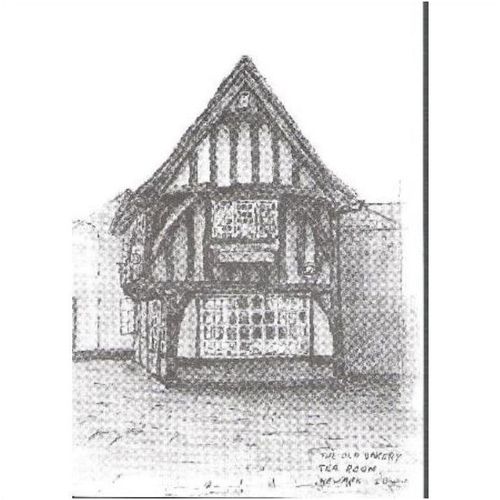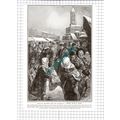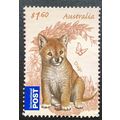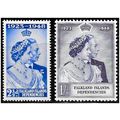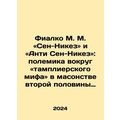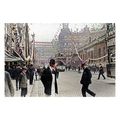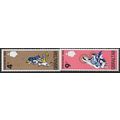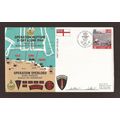Newark-on-Trent, Nottinghamshire - Old Bakery Tea Rooms - art postcard
- Condition : Used
- Dispatch : 2 Days
- Brand : None
- ID# : 122803611
- Quantity : 1 item
- Views : 849
- Location : United Kingdom

- Seller : justthebook (+1699)
- Barcode : None
- Start : Wed 04 Dec 2013 05:59:41 (EDT)
- Close : Run Until Sold
- Remain : Run Until Sold
Checks/Cheques
 for 1 item(s) edit
for 1 item(s) edit
Shipping Calculator
More Listings from This Seller view all
Seller's Description
- Postcard
- Picture / Image: The Old Bakery Tea Room, Queens Head Court, Newark [on Trent], Nottinghamshire - from sketch by Ian Bayne
- Publisher: the artist?
- Postally used: no
- Stamp: n/a
- Postmark(s): n/a
- Sent to: n/a
- Notes / condition:
Please ask if you need any other information and I will do the best I can to answer.
Image may be low res for illustrative purposes - if you need a higher definition image then please contact me and I may be able to send one.
------------------------------------------------
Postage & Packing:
UK (incl. IOM, CI & BFPO): 99p
Europe: £1.60
Rest of world (inc. USA etc): £2.75
No additional charges for more than one postcard. You can buy as many postcards from me as you like and you will just pay the fee above once. (If buying postcards with other things such as books, please contact or wait for invoice before paying).
Payment Methods:
UK - PayPal, Cheque (from UK bank) or postal order
Outside UK: PayPal ONLY (unless otherwise stated) please. NO non-UK currency checks or money orders (sorry).
NOTE: All postcards are sent in brand new stiffened envelopes which I have bought for the task. These are specially made to protect postcards and you may be able to re-use them. In addition there are other costs to sending so the above charge is not just for the stamp!
I will give a full refund if you are not fully satisfied with the postcard.
----------------------------------------------
Text from the free encyclopedia WIKIPEDIA may appear below to give a little background information (internal links may not work) :
*************
Newark-on-Trent or Newark is a market town in Nottinghamshire in the East Midlands region of England. It stands on the River Trent, the A1 (on the route of the ancient Great North Road), and the East Coast Main Line railway. The origins of the town are possibly Roman as it lies on an important Roman road, the Fosse Way. The town grew around Newark Castle, now ruined, and a large marketplace, now lined with historic buildings. It was a local centre for the wool and cloth trade. During the English Civil War it was besieged by Parliamentary forces, and had to be relieved by Prince Rupert in a battle known as the Relief of Newark.
With its pleasant environment, including the surrounding villages, and its good transport links, the town is becoming a popular commuter town for the expanding city of Nottingham (around twenty miles (32 km) away) and increasingly for London (1 hour and 20 minutes by rail). Newark is the home of Newark Rugby Union Football Club, which has produced past players such as Dusty Hare and John Wells.
Estimated population (mid-2007, via NSDC Stats & Info) is 26,330 for the Newark Parish.
The origins of the town are possibly Roman due to its position on an important Roman road, the Fosse Way. In a document which purports to be a charter of 664, Newark is mentioned as having been granted to the Abbey of Peterborough by Wulfhere. An Anglo-Saxon pagan cemetery, used from the early 5th to the early 7th centuries, has been found in Millgate, in Newark, close to both the Fosse Way and the River Trent in which cremated remains were buried in pottery urns.[1]
In the reign of Edward the Confessor Newark belonged to Godiva and her husband Leofric, Earl of Mercia, who granted it to the monastery of Stow in 1055, who retained its incomes even after the Norman Conquest as came under the control of the Norman Bishop Remigius de Fécamp. After his death it changed to, and remained in the hands of, the Bishops of Lincoln from 1092 until the reign of Edward VI. There were burgesses in Newark at the time of the Domesday survey, and in the reign of Edward III, there is evidence that it had long been a borough by prescription. The Newark wapentake in the east of Nottinghamshire was established during the period of Anglo-Saxon rule (10th to 11th centuries AD).
Newark Castle ""was originally a Saxon fortified manor house, founded by King Edward the Elder. In 1073, Robert Bloet, bishop of Lincoln founded an earthwork motte and bailey fortress on the site. From 1123–33, Bishop Alexander the Magnificent completely rebuilt the castle, when founding a prominent stone structure of ornate construction.""[2] The river bridge was built about the same time under charter from Henry I, also St. Leonard's Hospital. He also gained from the king a charter to hold a five-day fair at the castle each year. He gained a charter under King Stephen to establish a mint in the town.
The town became a local centre for the wool and cloth trade, certainly by the time of Henry II a major market was established. Wednesday and Saturday markets in the town were established during the period 1156–1329 when a series of charters granted to the Bishop of Lincoln made them possible.[3] King John died of dysentery in Newark in 1216. Following his death as Henry III tried to bring order to the country the mercenary Robert de Gaugy refused to yield Newark Castle to the Bishop of Lincoln, its rightful owner, leading to the Dauphin of France (later King Louis VIII of France) laying an eight-day siege on behalf of the king, ended by an agreement to pay the mercenary to leave. Around the time of Edward III's death, and excluding beggars and clergy, in ""1377 ��� Poll tax records show adult population of 1,178 making Newark one of the biggest 25 or so towns in England"".[4]
In 1457 a flood swept away the bridge over the Trent and, although there was no legal requirement for anyone to replace it, the Bishop of Lincoln, John Chaworth, financed the building of a new bridge, built of oak with stone defensive towers at either end.
Following the break with Rome in the 16th century, the subsequent establishment of the independent Church of England, and the Dissolution of the Monasteries, Henry VIII had the Vicar of Newark, Henry Lytherland executed when he refused to acknowledge the king as head of the Church. The dissolution affected Newark's political landscape heavily, and even more radical changes came in 1547 when the Bishop of Lincoln exchanged ownership of the town with the Crown. Newark was incorporated under an alderman and twelve assistants in 1549, and the charter was confirmed and extended by Elizabeth I.
Charles I, owing to the increasing commercial prosperity of the town, reincorporated it under a mayor and aldermen, and this charter, except for a temporary surrender under James II, continued to be the governing charter of the corporation until the Municipal Corporations Act 1835.
type=printed postcards
theme=topographical: british
sub-theme=england
county/ country=nottinghamshre
number of items=single
period=1945 - present
postage condition=unposted
Listing Information
| Listing Type | Gallery Listing |
| Listing ID# | 122803611 |
| Start Time | Wed 04 Dec 2013 05:59:41 (EDT) |
| Close Time | Run Until Sold |
| Starting Bid | Fixed Price (no bidding) |
| Item Condition | Used |
| Bids | 0 |
| Views | 849 |
| Dispatch Time | 2 Days |
| Quantity | 1 |
| Location | United Kingdom |
| Auto Extend | No |


